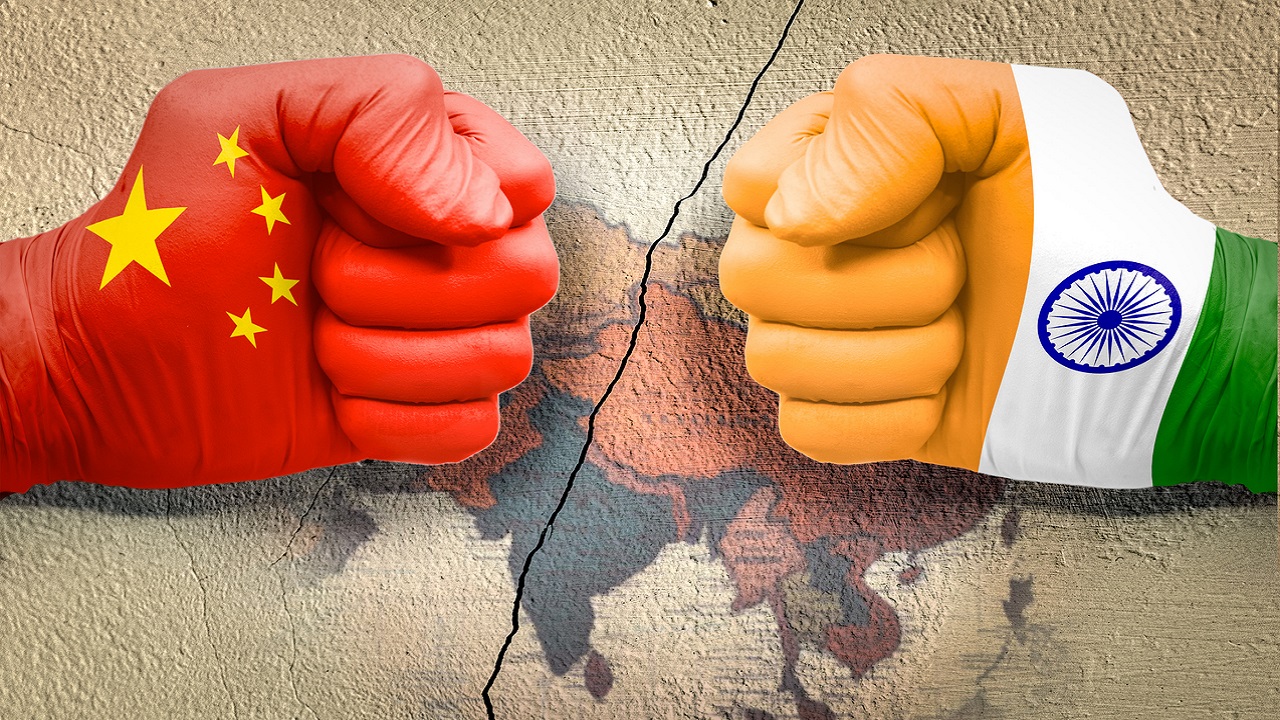From Conflict to Cooperation: The Evolving China-India Relationship
Context
The 75th anniversary of diplomatic ties between China and India is an opportunity to reflect on their historical engagement, economic ties, and geopolitical challenges.
Despite border tensions and trade imbalances, both nations continue to play a key role in global governance and regional stability.
Role of Leadership
-
Diplomatic ties began in 1950 under Mao Zedong and Jawaharlal Nehru.
-
Rajiv Gandhi’s 1988 visit marked a turning point toward normalization.
-
Recent meetings between Xi Jinping and Narendra Modi highlight efforts to rebuild trust.
-
Leadership-driven diplomacy has prevented major conflicts despite disputes.
Cultural and Economic Exchanges
-
Buddhism and historical figures like Xuanzang and Tagore reflect deep-rooted cultural ties.
-
Bilateral trade reached $138.5 billion in 2024, but India faces a trade deficit.
-
Bollywood and Yoga’s popularity in China strengthen cultural connections.
-
Need for balanced trade, investment, and technology cooperation.
Managing Border Disputes and Global Responsibilities
-
Dialogue mechanisms like the Special Representative Talks help manage tensions.
-
Ladakh clashes highlight unresolved issues, but diplomatic efforts prevent escalation.
-
As key members of BRICS, SCO, and G-20, both nations shape global policies.
-
Joint efforts in climate change, economic stability, and multilateralism are crucial.
Future Directions
-
Prevent border disputes from overshadowing broader cooperation.
-
Align China’s high-quality development with India’s "Viksit Bharat 2047" vision.
-
Strengthen trade, investment, and technology partnerships.
-
Enhance coordination in global governance and regional security.
Conclusion
Despite challenges, India and China must prioritize stability, cooperation, and mutual respect.
By focusing on economic balance, cultural ties, and diplomatic engagement, both nations can contribute to regional and global stability.




Comments (0)